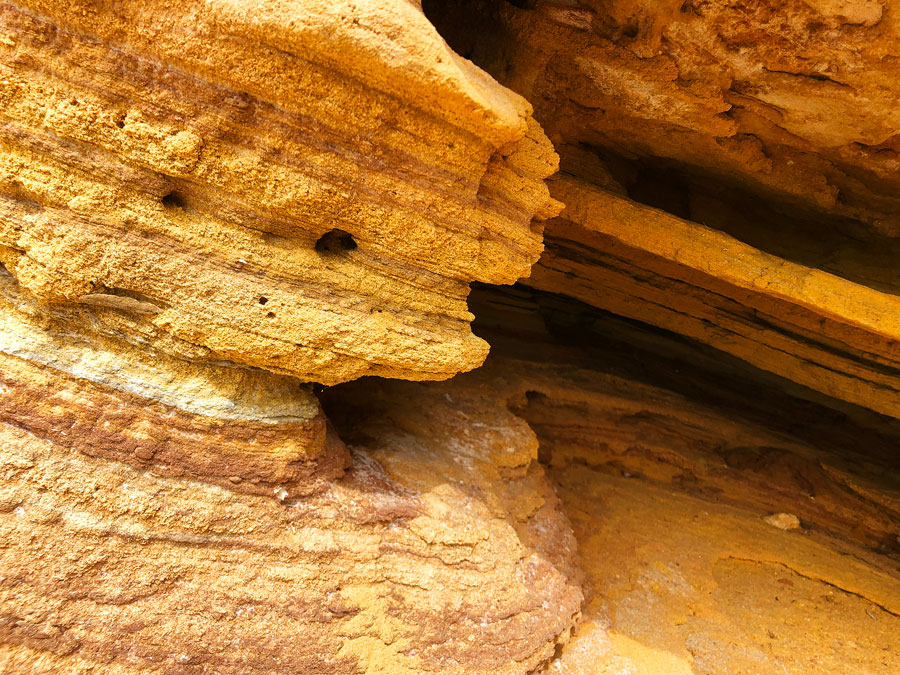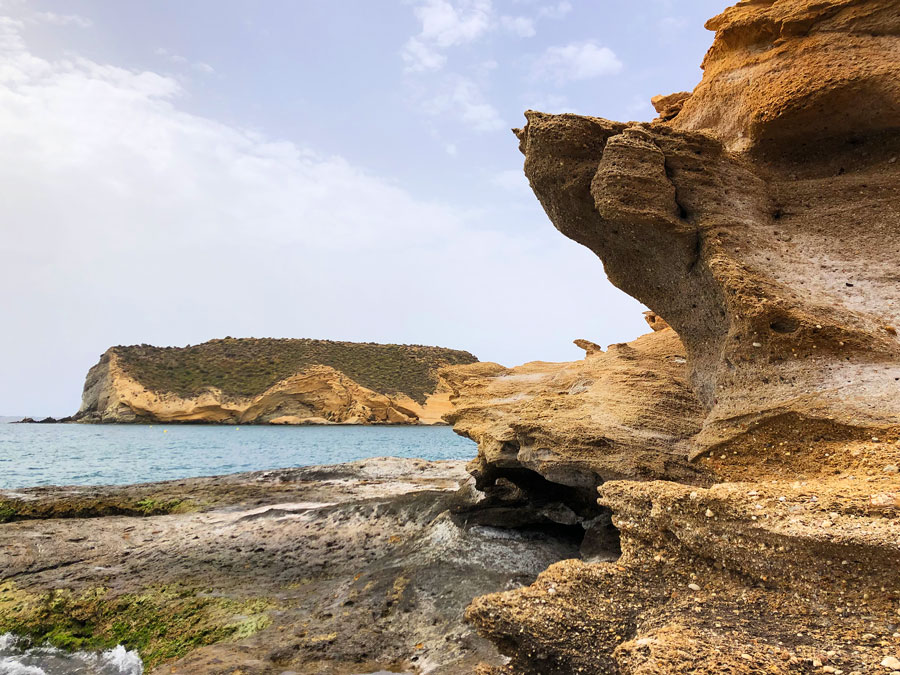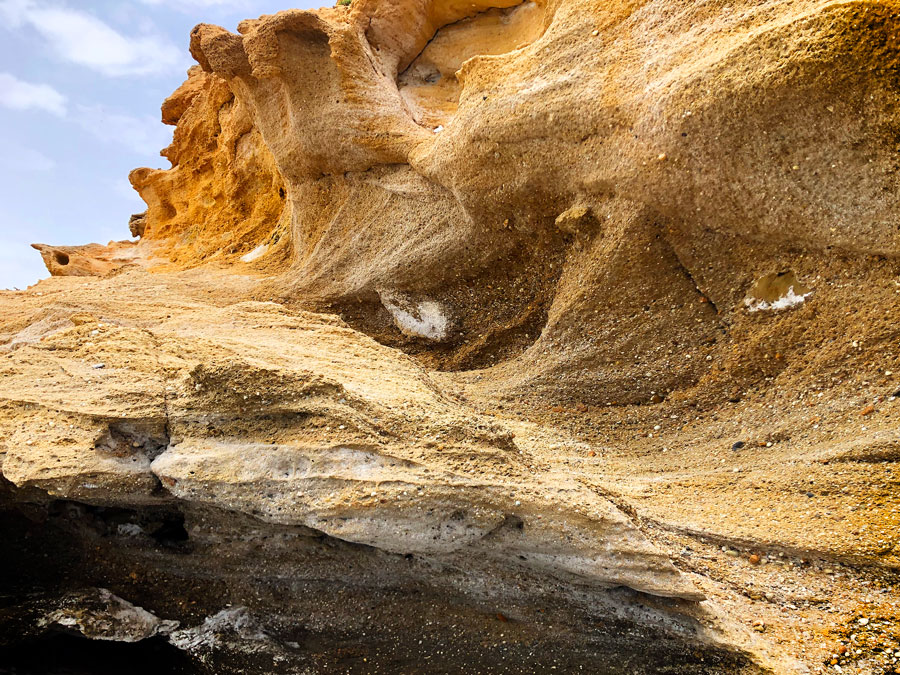You can watch this excerpt from a talk by HH Dalai Lama here. His spirit really shines here.
Category: Uncategorized
Volunteering is dharma Practice

In the Tibetan tradition of Buddhism, we often talk about the triad of view, meditation, and action as a framework for practice. View is the perspective from which we live and practice. The wider the view, the better. For example, the widest or highest view includes notions about the truth of things—such as impermanence—and the fact that all things are inter-connected.
Meditation is the practice of steeping one’s attention in the view moment by moment—noticing the truth of how things are—and action is carrying the wisdom and compassion that one acquires into daily life. Our Dekeling mind/heart training (Lojong practice) is one of the ways we practice the ‘action’ part of this formula. Another way that action and wisdom and compassion combine to nourish our awakening is in performing service to the sangha.
To support awakening and the causes of awakening one should practice generosity as much as possible. Included in this generosity is generosity to the three jewels, including the sangha (community). So, it is not just to keep Dekeling going that we ask for your participation as volunteers. It’s because it is part of our practice toolbox. Volunteering requires that we direct our attention to the needs of others. It inevitably brings us into situations where we meet the edge of our practice, thereby extending our patience and skill in living the dharma, gradually teaching us many things.
Dekeling has diverse volunteering needs—gardening, board members, fixing things, community member support, AV work, errands, fund-raising, website work, marketing and more. There are tasks that must be done from Portland and those that can be done online from afar. If you’d like to expand your practice by helping make the dharma available, please email Nan Whitaker-Emrich at nan5910@gmail.com. It’s a great way to meet new friends and deepen your dharma practice.
Prayer for meeting new people
I wrote this prayer for meeting new patients for a dharma student at their request several years back. Writing prayers is good practice.
Prayer for the Bardo Between Patients
written on 9/25/11, 10:55 PM
Through the kindness of my teachers,
may I recognize the true nature of myself
and everyone who passes through this door.
Like an alchemistic potion turning metal into gold,
in this meeting, delightful or difficult,
may I find bliss without contagion, completely undefiled,
and through the virtue of the dharma
and the truth of interconnection,
may goodness pervade each moment we share.
May I visit every realm, without preference, if it benefits beings.
May I serve them humbly
and receive without hesitation
their perfect gifts, even when disguised as conflict and complaint.
Through the power
of the truth of phenomena
may any ailment of body or mind, any obstacle or veil,
in myself, this person and anyone I meet
be removed completely
if it benefits beings.
May our connection be fruitful
for this and every life, and may we all be free.
Releasing obstacles, attachments, and worry,
I am present now and meet this person–
a beloved companion on the path–
with gratitude, peace and joy.
—Lekshe
Those mysterious Tibetan prefixes
Here’ is a wonderful essay by Language Instructor, Lama David Curtis unwinding the mystery of prefixes in Tibetan language. It’s a short and very clear paper on pronunciation. Check out the work of David and his equally talented wife, Lama Deanna Curtis, also a Tibetan language expert at their language school, Tibetan Language Institute.
While you are there, sign up for their FREE intro to Tibetan class on August 27th. Register here.
These two lamas are wonderful practitioners and scholars of Buddhism and have helped hundreds and hundreds of everyday practitioners learn Tibetan to enhance their practice.
A new and Free E-Book on dharma practice and aging
From the site about the book, A Life Of Happiness.
“This is the first Buddhist practice guide intended for older people. Khenchen Thrangu Rinpoche has dedicated his life to serving the Dharma and is one of the most revered teachers in the Karma Kagyu. Rinpoche draws on his own personal experiences of the problems encountered with ageing, declining health and end of life to give advice on the Dharma practices they should follow, the attitudes they should adopt, and the actions they should take. He includes advice to family members and care-givers and instructions about what they should do when someone dies. The methods of practice that Khenchen Thrangu Rinpoche explains here are easy to understand, yet extremely important and pithy. Rinpoche’s lifetime of pure and genuine practice is distilled into concise words of advice; each word and sentence conveys Rinpoche’s warm wishes and deep blessings.”
What I love about this book is that Thrangu Rinpoche is entering his 9th decade soon, and can write this important book from his own precious experience.
This is a free e-book – you can get it here. It might make a good small group study book.
Billions and Billions of beings
Beloved sangha member, John Patterson, who hales from Ireland, shared these photos this week:
He wrote, “The whole Murcia/Almeria coast seems to be composed mostly of these
shell deposits and farther inland too, I’ve found oysters, clams and
scallops, quite high up in the hills.
Some remains of venerable crustaceans are pretty funky, strange,
intricately detailed shell fragments and spines. I found several Lemon
shark’s teeth, which I’ve read could be some 400 million years old.
I waited mindfully for about ten minutes to get the shot of the bird
above the open cave. I was expecting a seagull but it was actually one
of two small birds of prey skimming the headland. It is actually flying
backwards and upside down in a split second evasive manoeuvre when it
saw me.”
John says seeing the cliffs, which are a composite of uncountable numbers of sea shells, remind him of our practice visualizations of ‘all beings’. I have enjoyed studying these photos and using them as supports for practice—layers upon layers of compassion—and Johnny was happy to share.






SO it begins…
The full ordination of women. From Bhutan:
How to Do Prostrations
During our Refuge Ceremony recently, people taking refuge for the first time did sets of three prostrations (bows). I mentioned that I’d say a little more about prostrations in a blog post.
To do a prostration, stand and face the object or person to whom you are prostrating. (For those who may be unable to stand, or who have other physical challenges regarding prostrations, please ask me for guidance and alternatives!)
First, create the mudra by putting your palms together as we might do in prayer—with the heels of the hands and fingertips touching, but leaving space between the palms, by curving them slightly. The palms should be approximately at the heart-center, in the middle of the chest between the breasts. The hands will be upright, but relaxed.
Be sure to insert the thumbs between the hands, by tucking the thumbs inside the palms. The hands in this mudra represent a lotus blossom that has not yet opened, but is about to bloom. The empty space between the palms represents the dharmakaya[1].
The use of the right and left hands represents skillful means and wisdom. By joining these two—skillful means and wisdom, the unity of which represents enlightenment—we create the auspicious conditions for the path to arise where it has not arisen, to never weaken, and to ever grow and flourish.
Next, raise the palms, still together, to the forehead; then to the level of the throat; then to the level of the heart. This signifies the qualities of the Buddha’s three places, and the purification of our obscurations of the three gates of body, speech, and mind.
Now slowly lower your body to the floor into a kneeling position by letting go of the mudra to gently land on the hands, palms open and fingers outspread against the floor, knees touching the floor. Stretch your body out fully, sliding your open hands forward as you go. When your body is flat against the floor, raise your hands in the mudra over the head, and then reverse the motion so that you rise, using your hands to push upward to a standing position. If you can rise without using your hands, this is also okay. When standing, repeat the placement of the hands at the forehead, throat, and heart center. When you are lowering down, and when you are pushing up, do not close your hands or make a fist—open them fully.
There are many types of prostrations, including the full ones just described [Tib. gyang chag], and half prostrations [Tib. kum chag], prostrations where only the five points of the hands, forehead, and two knees touch the ground. (The half-prostration is done kneeling, basically.)
One should try to do a correct form of the prostration, but even more important is the understanding that by doing the prostration, you are expressing respect, physically and mentally embodying the pure actions of body, speech, and mind. As you bow, you express respect for the teachings, for those who embody them, and for the virtuous qualities the teachings articulate. One might bow to the exalted sangha, as an expression of respect, appreciation, and interconnectedness.
You can see a video of our friend Lobsang at YoWangdu.com demonstrating the prostration style with which he is most familiar here: https://www.yowangdu.com/tibetan-buddhism/prostrations.html. At the end of his full prostration, he raises his hands slightly. I was taught to rejoin the palms and raise them above the head, bending the arm at the elbow—others teach that one turns the arms so that the forearms are upward, with palms open, and then to raise the forearm while the elbow rests on the floor, as if lifting something in the open palms. This brings the palms up on both sides of the head, which is facing the floor.
(Again, for those who may be unable to stand, or who have other physical challenges regarding prostrations, please ask me for guidance and alternatives.)
[1] The dharmakaya is sometimes described as the empty, unconditioned truth, into which illusion, ignorance, and any kind of concept, have never entered.
Happy mothers’ day
To all my mothers in previous and future lives (that’s you and every single sentient being), with gratitude. —Lekshe
May your heart be fearless, open and clear. May you be at ease.
May you find kinship and equanimity in all your connections.
May your home be always be filled with abundance, may it be hospitable and may it sustain life.
May your air and sky sustain life.
May your ways of living sustain life.
May your ways of dying sustain life.
May all your children live in peace, until not even the word for suffering is remembered.
REFLECTING ON WAR AND PEACE: RESPONDING TO YOUR QUESTIONS
To answer your questions:
I remember and pray for the citizens of Ukraine and Russia, and for every neighboring country, and for those afflicted by the many other active wars and violent conflicts. I pray for every country inclined towards colonization, including our own, and for those we have harmed and continue to harm. I pray we all find the way to freedom from confusion.
I do this because in war, ordinary people with few agendas other than to have a simple and good life suffer and die needlessly. And their suffering does not end when the battles are over.
War burdens everyone it touches—the so-called winners and the losers are stricken with poverty, sickness, and fear for generations. We collectively lose children and elders and the gifts of promising young people. The poorest often are robbed of the scant opportunity and progress they have struggled to create. Suffering seeps over the borders of warring countries and impacts us all. It makes us sick. No one thrives in war. No one. Not even those who profit from it: this is a sordid illusion.
A deeper cost of war is that cultivating the mind of violence always breeds more violence, more hatred. Hatred displaces many beautiful things, including treasure troves of cultural artifacts and traditions, and wholesome social fabric—hard won, precious, and fragile. Hatred displaces loving care for local land, water, and air, and it steals ease and joy—in some ways our most precious resource. A small war can destroy lifetimes of wise and loving effort.
We who are momentarily at peace have to help others avoid war at all costs. What else is our power, money, and influence for? Let us cultivate the view that failing at this noble work is more important than succeeding at lesser things.
We should never think, “They are fighting over there.” There is no “over there.” There is no “they,” only “we.”
It will not work to struggle to create a life of individual safety and prosperity. This side of enlightenment, there is no possibility of life without suffering. Think about this: in order to say “the house on the right,” we need to have something on the left. In order to say “it’s dim,” something needs to be brighter. We must understand that as long as the minds of beings are confused, where there is even a moment of peace, there will also be some kind of battle. The awakening person must live with the full spectrum of what is, while removing the actions that disrupt what would otherwise be a naturally arising peace.
As we learn to open to this wisdom, we must also cultivate a compassion which includes every single life, without a single exception. Our own safety is not enough. Our own wealth is not enough. Our own freedom is not enough. When we injure others, we are the first victim; when we help them, we are the first beneficiary of our deeds.
How do we make such a shift towards equanimity? Is it even possible? It is our practice to find out. From a Buddhist view, to conquer self-cherishing—to move in the direction of wisdom and compassion—we must put the well-being of others first. Not just humans—but animals, and the spirits of places and things. This is a radical act of courage. Not everyone can do it, so if you can, please engage in this way.
War is a sign that we are far from that place. We have to find our way home, and the first step cannot be denial or rejection—those are also acts of violence. To start, we have to accept the truth of this exact moment and place, imperfections intact. Our suffering and mistakes have something to teach us. Then, wide awake, we progress.
The first gesture is to make peace with our own minds, our own bodies, our own speech, and our own thinking. We must do the work. It is not someone else’s to do. Please remember: every single moment you are sowing the seeds of either war or peace with your body, speech, and mind. With a loving but watchful eye, look with mindfulness, and see, right here, right now—are you planting the seeds of war? If so, turn on a dime and begin to plant the seeds of peace. Do this over and over. Make it your life’s work. Make it today’s work, the work of this hour, and this breath.
The whole world depends on you. Children and old people and animals depend on you. Whole ecosystems depend on you. Work lovingly and without compromise. Give up the harmful habit of preferring one life over any other. Establish peace, over and over. Always and always, until not even the word for suffering is known.
But start right now. Make a simple gesture. And then another. And another. Begin at the level of thought. Do not let the perfection of a future-state be your horizon. Say something genuine. Share food. Carry the load of another. Learn something new today. Accumulate small action upon small action.
I support your wholesome intention to live in peace. You are my inspiration and your love is my guiding light.
Lama Lekshe
